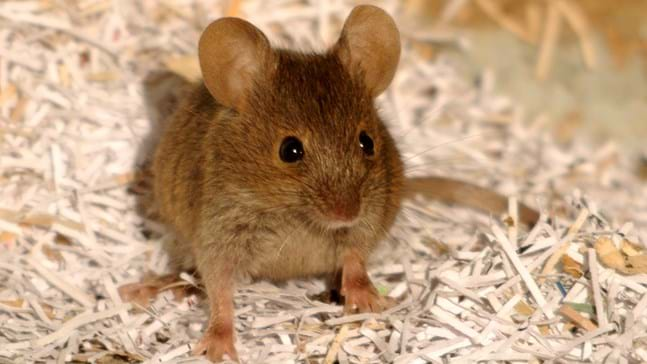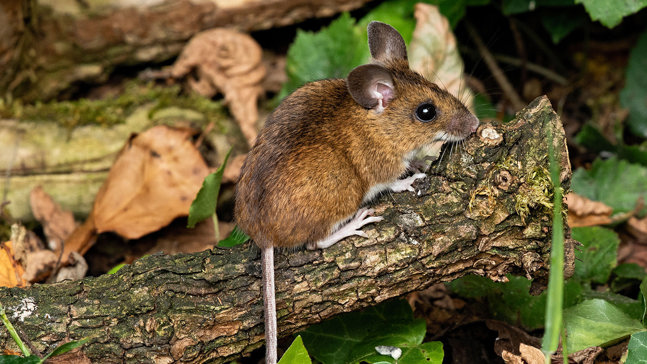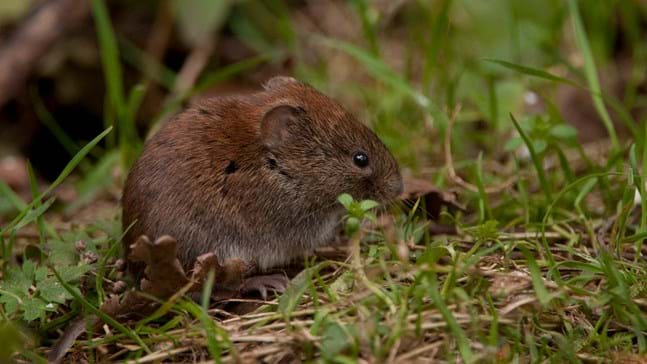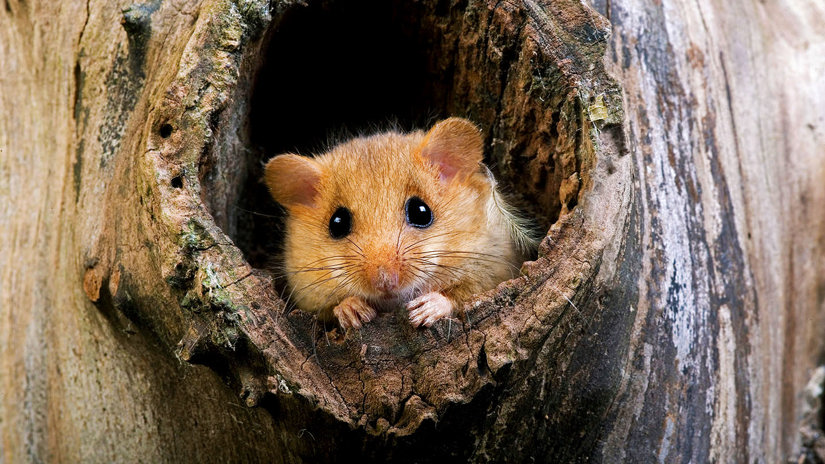Create a haven for wildlife
Give garden wildlife food and shelter with our ready-made habitats and feeders.
Shop the range
Content manager, botanist and tree lover
Are you curious about what mouse you saw in your garden or out on a walk? Or did your cat bring one in and you wondered what it was?
Take a quick look at types of mouse, vole, rat and shrew using the gallery below.
Give garden wildlife food and shelter with our ready-made habitats and feeders.
Shop the range
Credit: Amy Lewis / WTML

Credit: Jonathan Coombes / WTML

Credit: Edo Schmidt / Alamy Stock Photo

Credit: Buiten Beeld / Alamy Stock Photo

Credit: Anne Marie Kalus / WTML

Credit: Stephen Dalton / Alamy Stock Photo

Credit: iStock.com

Credit: John Bridges / WTML

Credit: John Cook / WTML

Credit: Paul Kelly / WTML

Credit: Avalon / Alamy Stock Photo

Explore UK mammals and get our tips on how to identify them, where to see them and why they're important.
Discover mammals